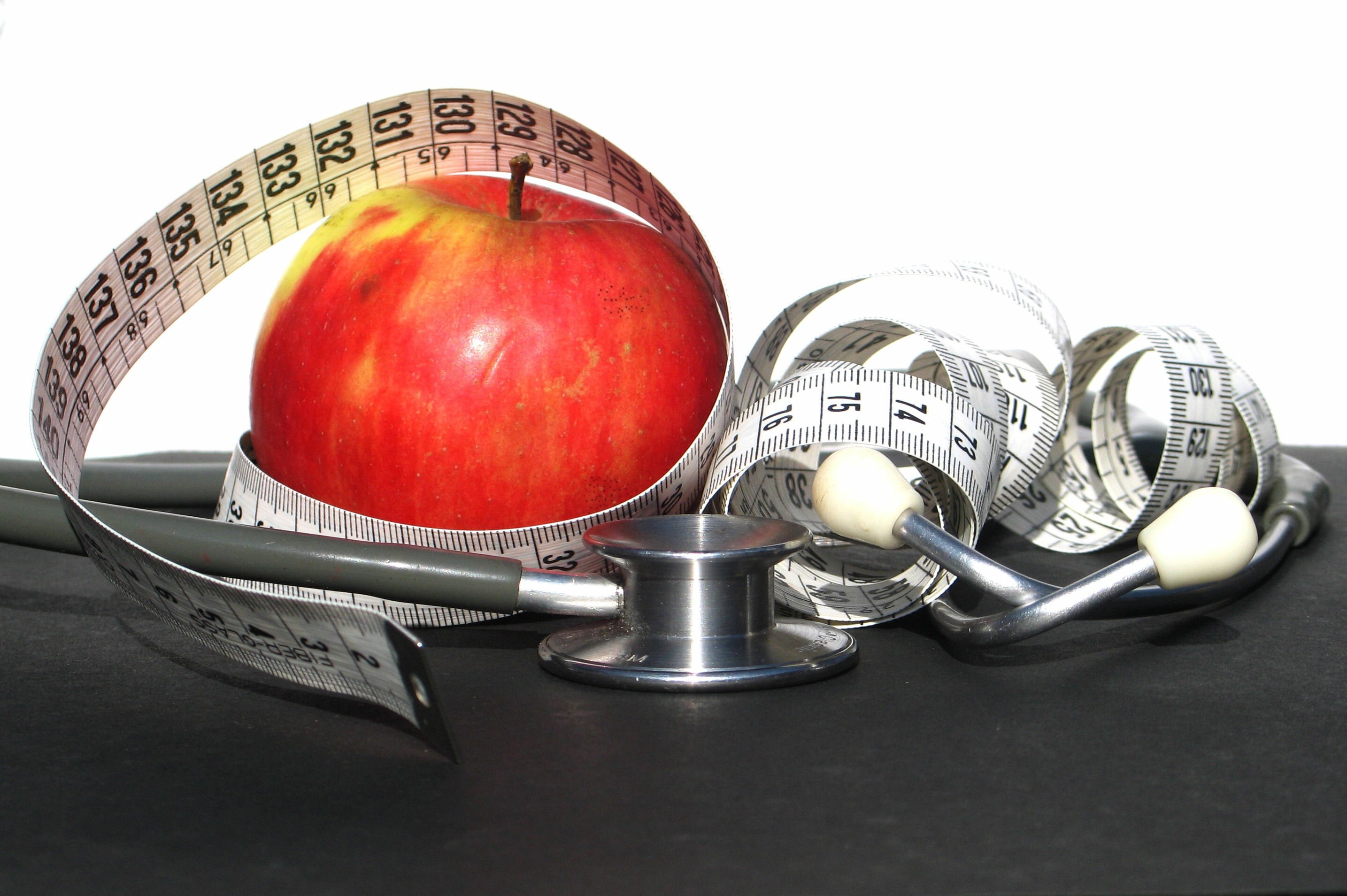A recent study in the Yale Journal of Biology and Medicine reported that artificial sweeteners contribute to weight gain. Blaming obesity on emotional eating may not be the main culprit! One of the high-profile contributors to that theory is a retired neurosurgeon who is making his findings public on what he considers the main cause…and, he’s not alone.
Two early promoters of the link between artificial chemicals that impact both weight-gain and neurological function include Dr Leonard Coldwell and now a retired neurosurgeon, Dr. Russell Blaylock. It’s worth pausing, to reflect on what Dr. Blaylock as a neurosurgeon, may have seen in many brains during his career that promoted his publication of this work. Wikipedia reports that “Blaylock has endorsed views that food additives such as aspartame and monosodium glutamate (MSG) are excitotoxic in normal doses and that H1N1 influenza (swine flue) vaccine carries more risk than swine flu itself.” These are only two examples of medical practitioners stepping up to expand public awareness on results that indicate adverse effects from artificial chemicals increasingly used in our food supply. Studies have also begun in various European research facilities exploring the same issue that apparently causes weight gain and increased body size in both the general populace and newborns.
Ingestion of manmade chemicals, also termed excitotoxins, is also linked to neurotoxicity. Dr. Blaylock, author of The Taste That Kills, lists MSG and aspartame within his lengthy list of excitotoxins that impair the brain’s neurons. It should be noted that many synthesized chemicals are promoted to be ’simply a natural amino acid’, or a form of a natural sugar, but the chemical adjustment made to the original source once in a laboratory is not detailed. These become a synthetic chemical that some researchers are indicating will eventually upset the natural chemical balance of our body. By adversely affecting the human nervous system, these chemicals eventually impact many systemic functions.
Artificial sweeteners have been recently acknowledged to stimulate the appetite, after thousands of studies surprised researchers with similar results. Once we learn that impaired neurological and brain function is also implicated, we can only wonder if research has finally discovered why anxiety and the use of tranquillizers or antidepressants are so commonplace today. The implications are huge.
It’s difficult to pick any one food to avoid because use of artificial sweeteners alone are estimated to be in over 6,000 food products. Perhaps the greatest offenders include diet beverages and low calorie options because there is no low-calorie food that does not contain artificial sweeteners.
This emphasizes the importance of checking the ingredient list of all packages. You’ll notice artificial sweeteners listed with names like aspartame, nutrasweet, saccharin, equal or sucralose. They may have originated from sucrose as a plain sugar but after laboratory changes they all fall into the category of artificial chemicals that our metabolism cannot recognize nor process. Respected research facilities have reports accessible for anyone interested in this subject.
The options? Natural sweeteners. Your body recognizes natural, pure food and can readily process it. Natural sweeteners include honey from bee hives, maple syrup from a maple tree, unprocessed brown stevia from the stevia plant, cane sugar from the sugar cane tree. Agave nectar is another natural sweetener, also recognized as the plant from which tequila is made. Natural sweeteners may be slightly more expensive, but using less and knowing our body is being fed healthier food makes it worthwhile.
Overuse of any sweetener, including natural sources, will enhance the craving for sweet foods and result in high calorie intake. Portion control is the only answer, both for sweets and for meal portions. There is no natural food that comes as ‘low calorie’ other than fresh vegetables. Eating wisely means variety, reliance on fresh produce instead of packaged and dried goods, as well as careful selection of sweets and beverages. Reading the ingredient list on every package, bottle or can that you purchase let’s you know exactly what you are feeding your body and your family.
When it comes to brown sugar, not all varieties are an unprocessed product. The sugar termed Natural brown sugar is made by partially refining sugar cane extract, contrasting most brown sugar that results from the addition of molasses to a fully-refined sugar… now often sourced from sugar beets. Sugar beets are the latest addition of another genetically engineered crop in Canada, leaving that sugar source as an undesirable GMO. Golden coloured natural brown sugar is produced by extracting the juice from sugar cane, heating it to evaporate water and crystallise the sugar, then spinning in a centrifuge to remove some impurities and dry the sugar. It’s also sold as demerara sugar, originally named after its source in Guyana. In the USA, a similar natural golden sugar is called turbinado sugar, after the turbines in which it is spun. Most turbinado sugar is produced in Hawaii and sometimes sold as an organic product. Natural sugars have mineral and vitamin content, which is processed out of the more refined or white versions that have no nutrient content left.
Aspartame and Weight Gain
‘A study conducted at the University of Texas Health Sciences Center reported a “41% increase in risk of being overweight for every can or bottle of diet soft drink a person consumes each day.” The findings come from eight years of collecting data by Sharon P. Fowler, MPH and colleagues. The results of the study were reported at the 65th Annual Scientific Sessions of the American Diabetes Association on June 10-14, 2005 (Abstract 1058-P). While this study, by itself, does not prove that aspartame causes weight gain, it adds to the evidence seen in independent research.’
.



